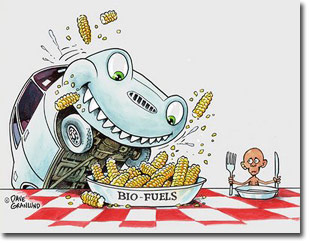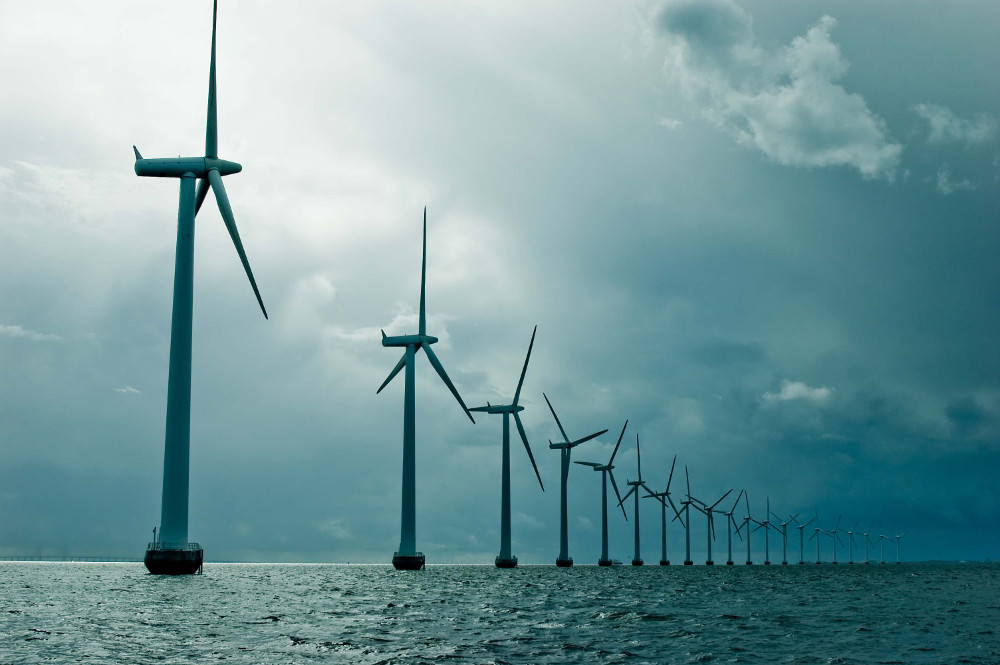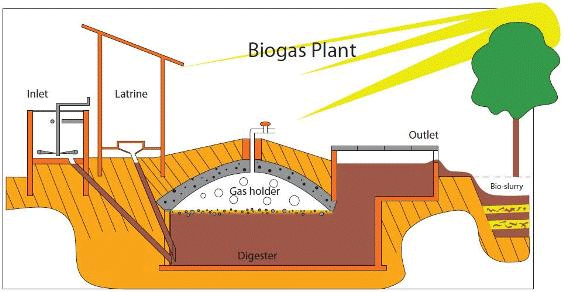Green energy in Corfu
Worldwide there is an ever-growing interest in Green energy. Soaring electricity prices, pollution caused by fossil fuel burning, fear of the coming “peak oil” or just a desire to be independent are driving people to look for alternative ways to acquire and if possible produce their electricity.
Energy sources
There are many ways to produce energy. First of all there are fossil fuels such as oil, natural gas and coal. The biggest problems with fossil fuels is first of all that they pollute the atmosphere and secondly that they are not renewable. As a matter of fact, many believe we are over the peak production for many fossil fuels which means that production will not be able to keep up with demand, resulting in shortage and a dramatic rise in prices.
Then, there’s nuclear energy but we believe that after Fukushima we have realized that’s not really an option. At least for some of us it isn’t!
The energy sources of the future have to be renewable. This includes the sun, wind, waves, geothermy, hydro and biofuels. In fact, there is a global shift towards these renewable energy sources, and many claim to produce “green energy”. Well, it’s not as simple as that…
As far as biofuels are concerned, there are two sorts of biofuels. On the one hand there’s biofuels that are produced by recycling waste (such as biogas) and on the other hand there’s biodiesel produced by crops grown specifically for that reason, mostly soybeans.
We believe that it’s ridiculous to grow crops to turn into fuel while the people who are starving on the planet are increasing!
On to the “true” renewables, sun, wind, water and geothermy. Those are truly renewable and the “fuel” that provides the energy is free. What is not free is the machines required to turn the sun, wind etc into energy. These machines consume a lot of energy to be produced (especially solar panels) and cause a lot of damage to the environment where they are placed (e.g. large water dams and wind farms). Also, sun and wind have the additional problem that they are intermittent (= not constant) which makes the absorption of the power produced into the grid problematic.
As far as wind farms are concerned, you can read on our blog why most Corfiots are against wind farms and why mass-produced wind energy is not green. One of the latest developments is “Project Helios” whereby Greece will pave thousands of acres with solar panels to provide energy for Germany! Transportation of that power to Germany is a huge technical issue that has not been addressed by anyone yet…
Our general viewpoint is that we have to turn to renewable sources BUT not on such a large scale.
Huge solar parks, wind farms, water dams and power distribution networks have a destructive impact on the environment and keep the control of energy in the hands of the same corporations that have destroyed the planet!
Small scale
What we should aim for is energy production on a small scale. Energy should ideally be produced as close as possible to where it’s going to be consumed. We can do this for individual homes, villages, communities or even islands. And there are many ways to achieve energetic self-sufficiency.
First of all there are “green” biofuels. Those are biofuels produced by waste such as used frying oil, biodegradable home, restaurant and agricultural waste and manure (animal and human!). Although burning these fuels does cause CO2 emissions, they recycle our waste and so are a solution to seriously consider. Production of biofuels can be done on a very small scale. One example are villages in India where the sewage system of the whole village ends up in a well. The sewage waste is fermented by bacteria that produce methane or biogas, which is in turn distributed back to the homes and used for cooking and heating. This whole system is very low-tech and easy to implement. Another example is turning oils and fats (such as used frying oil) into biodiesel. This is also very easy and can be done at home using just a couple of plastic bottles!
Solar energy can be used both for electricity production and for heating water. This can be done on rooftops, utilising otherwise unused space. Small wind turbines can also be implemented in windy places to serve as a complementary power source. A more reliable source that can produce power when we need it and that can also be used to store energy produced by intermittent sources such as wind and sun are small hydroelectric plants. Mini hydroelectric plants can be installed on almost any stream and provide from 1 to several hundred kilowatts of power. Geothermy utilises the heat of the earth to cheaply and effectively heat your home or even, with a little more advanced technology, to create power.
Reduce consumption
But it’s no use generating our own electricity if we are going to keep consuming as we do. The key issue is not how we can produce ever more power to meet our demands, but how we can lower our demands and in the process stop polluting the planet in every thinkable way. We just have to consume less electricity and less fossil fuels if we are to survive!
Power savings can be achieved in many ways. First of all there are the simple things that have to do with just changing our habits: Turn the light off when you leave a room, walk or cycle as much as possible instead of driving, buy locally produced products etc. Then there are things you can change in your house, such as replacing light bulbs with power-saving ones or even LEDs, installing ceiling fans instead of air conditioners, insulating your home and many other things. There are many power saving solutions available and if you are planning to invest some money in saving energy, you’d better consult an expert first. Our friends at i-nrg.gr offer the latest power saving and green energy solutions.
Many people are already experimenting with a low consumption lifestyle, living in communities in nature, building their own (beautiful as well as insulated!) homes, producing their own energy, growing their own food, educating their children in this new (but actually age-old) way of living in harmony with Nature. This is, in our view, the right direction. We need to lose our acquired habits of consuming without a second thought, get back in touch with Mother Earth and live a truly free life!





